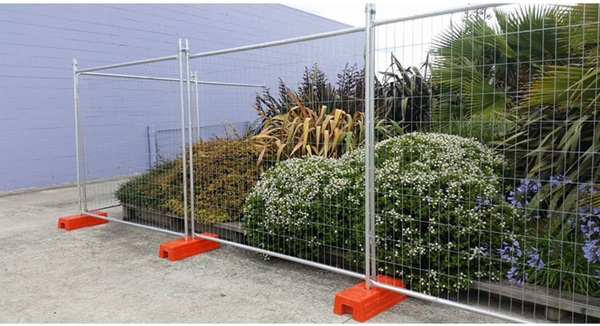Dec . 21, 2024 13:16 Back to list
china river bank gabion mesh for protection
The Importance of Gabion Mesh in River Bank Protection in China
In recent years, the issue of riverbank erosion has become increasingly critical in China due to rapid urbanization, climate change, and extreme weather events. As rivers swell with heavy rains and snowmelt, the banks often erode, leading to significant ecological and economic challenges. One effective solution that has been gaining traction is the use of gabion mesh for riverbank protection.
Gabions are wire mesh cages filled with stones, rocks, or other materials, designed to provide both structural support and aesthetic appeal. When strategically placed along riverbanks, gabion mesh systems serve as barriers that absorb and dissipate the energy from flowing water, reducing the impact of erosion. This method has proven particularly effective in China, where the landscape and hydrology demand innovative and durable solutions.
Advantages of Gabion Mesh
1. Versatility and Customization Gabion mesh systems can be tailored to meet specific site conditions and design requirements. They can be constructed in various shapes and sizes, allowing engineers to create solutions that fit the unique contours of riverbanks. This adaptability makes gabions suitable for a wide array of environments, from urban waterways to rural rivers.
2. Cost-Effectiveness Compared to traditional riverbank protection methods, such as concrete walls, gabion structures can be more economical. The materials used for filling gabions, such as locally sourced rocks, not only reduce transportation costs but also integrate well into the natural landscape, minimizing the visual impact of the installation.
3. Environmental Benefits Gabion mesh promotes sustainability by using natural materials that encourage vegetation growth. Plants can flourish in the gaps between the stones, providing habitats for wildlife and improving biodiversity along riverbanks. Furthermore, the porous nature of gabions allows water to flow freely, reducing the risk of flooding upstream.
china river bank gabion mesh for protection

4. Durability and Stability When properly constructed, gabion mesh systems are highly durable and can withstand significant hydraulic pressure from flowing water. They resist damage from ice, flooding, and erosion, making them a long-term solution for riverbank stabilization.
Implementation in China
The Chinese government has recognized the potential of gabion mesh systems and has started implementing them in various river management projects. For instance, in areas affected by severe erosion, gabions have been installed to protect infrastructure, such as roads and buildings, from river encroachment. Additionally, projects aimed at restoring natural habitats along riverbanks have also employed gabion structures to enhance environmental resilience.
Several provinces have seen successful outcomes from these initiatives, demonstrating that gabion mesh can play a pivotal role in sustainable river management. The combination of engineering skill and environmental consideration is creating a new paradigm for addressing the challenges posed by riverbank erosion.
Conclusion
As China grapples with the dual pressures of urban development and environmental sustainability, gabion mesh stands out as a practical and effective solution for riverbank protection. Its versatility, cost-effectiveness, and environmental benefits position it as a vital tool in the ongoing battle against erosion and habitat loss. By harnessing the power of gabion mesh, China can safeguard its riverbanks, protect its ecosystems, and promote sustainable development for future generations. As we move forward, embracing such innovative solutions will be essential to achieving a balance between human needs and environmental stewardship.
-
Hop Dipped Galvanized/PVC Coated Temporary Fence - Anping County Xingzhi Metal Wiremesh Products Co., Ltd.|Temporary Fencing Solutions, Durable Security Products
NewsJul.30,2025
-
Hop Dipped Galvanized/PVC Coated Temporary Fence-Anping Xingzhi|Durability&Cost-Effective
NewsJul.30,2025
-
Hop-Dipped Galvanized PVC Fence - Anping Xingzhi | Durable, Quick Deployment
NewsJul.30,2025
-
Hop Dipped Galvanized/PVC Coated Temporary Fence - Anping County Xingzhi|Temporary Fencing, Durable Security, Customization
NewsJul.30,2025
-
Hop Dipped Galvanized PVC Coated Temporary Fences - Anping County Xingzhi|Durable Corrosion Resistance, Quick Installation
NewsJul.30,2025
-
Hop Dipped Galvanized / PVC Coated Temporary Fence - Anping County Xingzhi Metal Wiremesh Products Co., Ltd|Durable Temporary Fencing&Versatile Applications
NewsJul.30,2025



